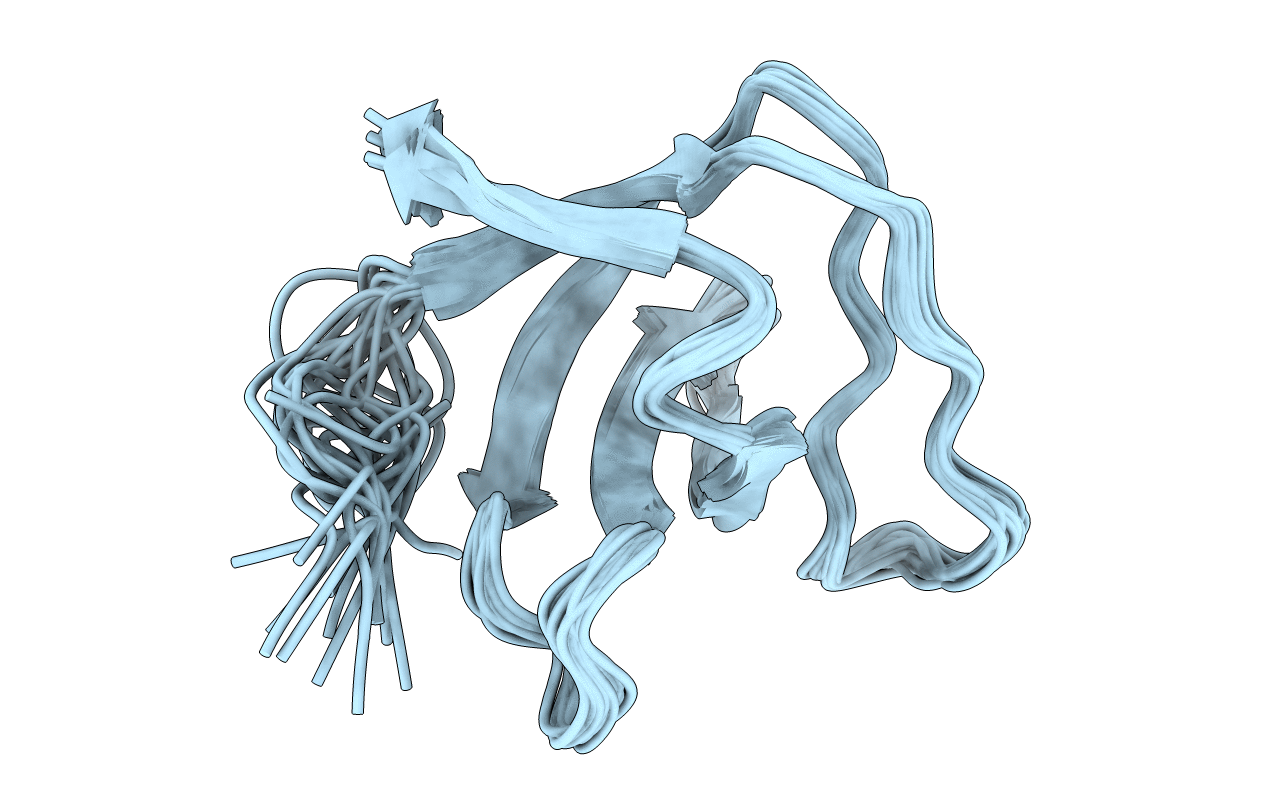
Deposition Date
2007-07-28
Release Date
2007-12-11
Last Version Date
2024-05-29
Method Details:
Experimental Method:
Conformers Calculated:
300
Conformers Submitted:
20
Selection Criteria:
structures with the lowest energy


